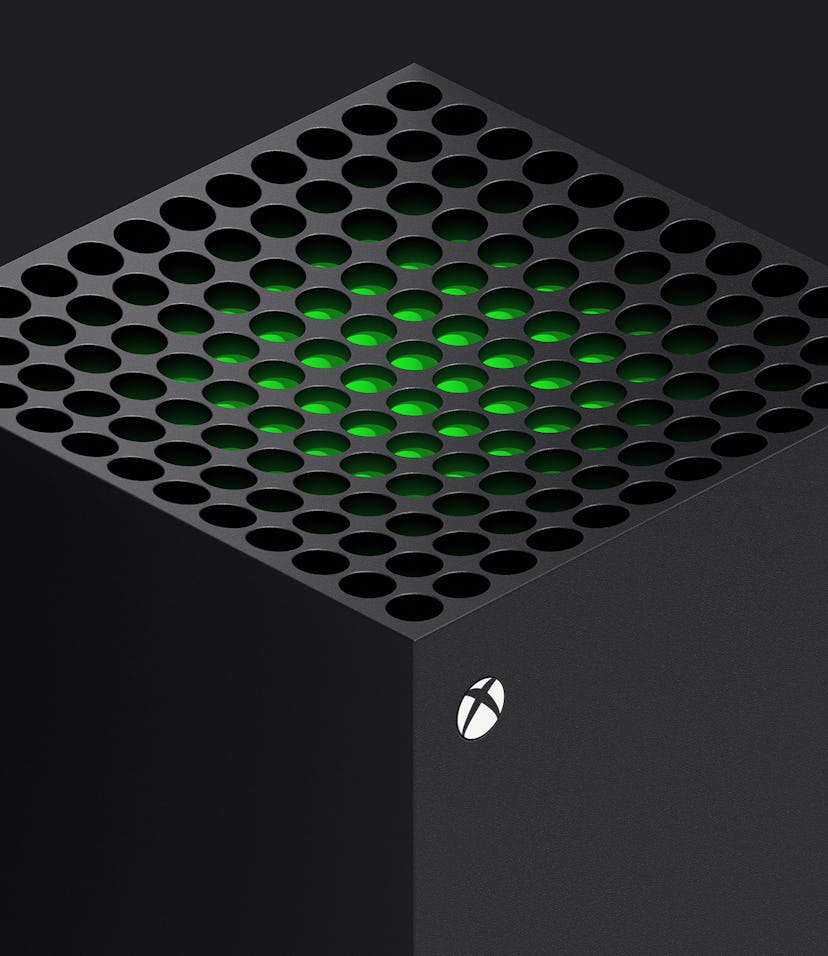Gaming
Xbox Series X has monstrous specs, can load games 500 percent faster than the One X
With 12 teraflops of power, 16GB of GDDR6 RAM, and up to 1TB of NVMe SSD storage, the Xbox Series X is killing loading times.

The cancellation of E3 isn't setting the Xbox Series X back. In a comprehensive blog post, Microsoft has revealed the full specs for its next-generation console, and it packs in a lot. Breaking the specs down, you'll see that the console delivers on its promise of "power, speed, and compatibility."
Microsoft throws around a long list of jargon and numbers like a 3.8GHz 8-core AMD Zen 2 CPU and 1.825GHz RDNA 2-class GPU with 12 teraflops of power ), 16GB of GDDR6 RAM, and 1TB custom NVME SSD. The hardware spec dump is great if you're really into the nerdy computer parts. But it's not just larger worlds and shinier graphics with ray-tracing support.
Goodbye long loading times — Perhaps, the most noticeable improvement gamers will notice on Xbox Series X is how much shorter loading times are. In a video, Microsoft compares loading times for State of Decay on Xbox One X versus Xbox Series X using the new console's Velocity Architecture to speed up loading times. The new Xbox is able to load the game within 7-8 seconds compared to about 50-51 seconds on the Xbox One X — that's about 538 percent faster, which is bananas.
It's not magic. More memory and faster storage allows more of a game (up to 100GB) to be "instantly accessible." This will hopefully allow open-world games to be explored more naturally by getting rid of developer cheats like long elevator rides that masquerade loading times once and for all.
Another killer feature all this horsepower enables: the ability to "quick resume" a game even after a reboot.
Basically a mini PC — Looking over the Xbox Series X's specs, it's obvious the console is a custom gaming PC built to fit into a vertical case that releases air out the through the top vent.
Tech nerds, here's your Xbox Series X guts:
- CPU: 8x Cores @ 3.8 GHz (3.66 GHz w/ SMT) Custom Zen 2 CPU
- GPU: 12 TFLOPS, 52 CUs @ 1.825 GHz Custom RDNA 2 GPU
- Die Size: 360.45 mm2
- Process: 7nm Enhanced
- Memory: 16 GB GDDR6 w/ 320mb bus
- Memory Bandwidth: 10GB @ 560 GB/s, 6GB @ 336 GB/s
- Internal Storage: 1 TB Custom NVME SSD
- I/O Throughput: 2.4 GB/s (Raw), 4.8 GB/s (Compressed, with custom hardware decompression block)
- Expandable Storage: 1 TB Expansion Card (matches internal storage exactly)
- External Storage: USB 3.2 External HDD Support
- Optical Drive: 4K UHD Blu-Ray Drive
- Performance Target: 4K @ 60 FPS, Up to 120 FPS
Faster responses — From the controller to the television, the Xbox Series X has been optimized to reduce latency. The new controller captures button presses at up to 2ms, while the console adds new "Dynamic Latency Input" tech that supports 120Hz, "Variable Refresh Rate," and "Auto Low Latency Mode."
Don't know what any of this means and whether you'll need to buy a new TV or entertainment gear to get the most out of the Xbox Series X? Not to worry! Microsoft has a glossary of terms. (Scrolling through it is enough to make you nostalgic for the days when games not specs mattered more for consoles.)
Boost to the past — Delivering on promises of backward compatibility, older titles should also see a boost in performance. Thousands of Xbox One, Xbox 360, and original Xbox games will be playable with improved boot and load times, more stable frame rates, higher resolutions and improved image quality. The system will also support cross-generation multiplayer.
YouTuber Austin Evans has an exclusive hands-on look at the Xbox Series X showing what games like Minecraft look like with and without ray-tracing, an early port of Gears 5 on the console, the console case and innards, and the improved controller.
Digital Foundry also has an in-depth look at the Xbox Series X. They go really, really deep on the specs: